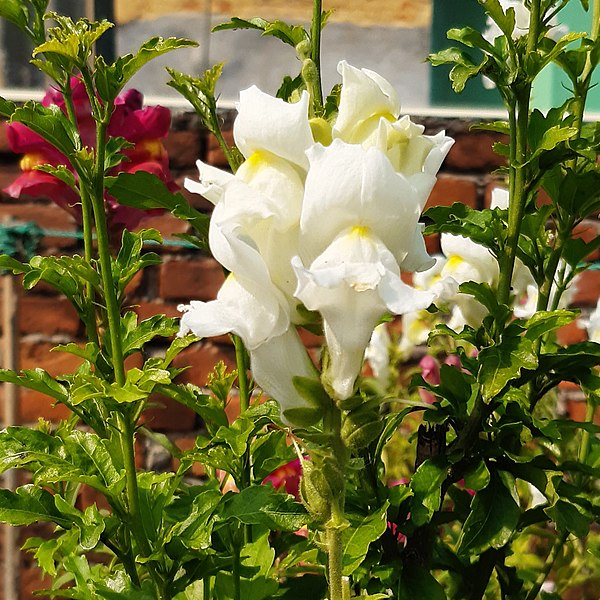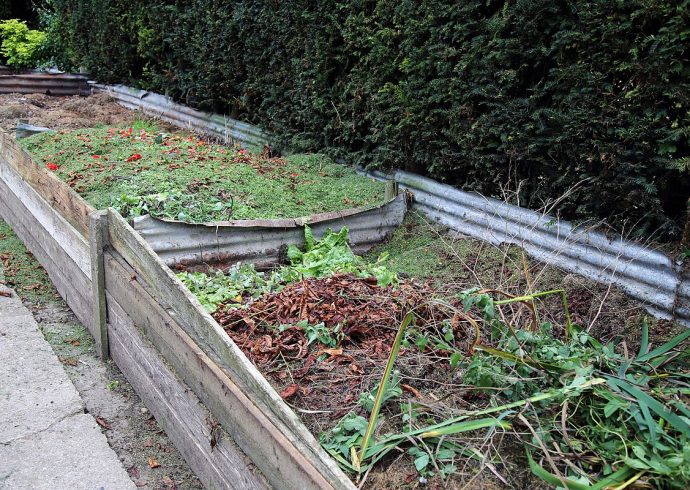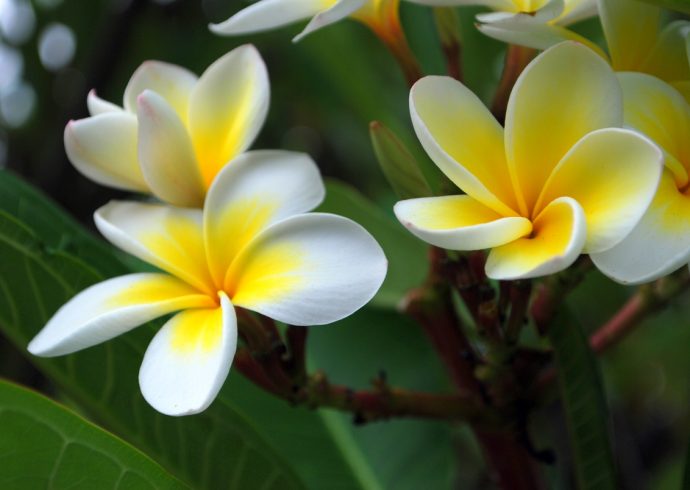
Planting a Dragon Flower Garden
Imagine walking in between rows and rows of dragons with different colored hides. No fire is breathing from their mouths, their hides are not even reptilian in nature, and the dragons do not really look like dragons at all. Well, maybe some of them do. But these dragons are really flowers that either have the word dragon in their name, or somehow resemble a dragon or part of a dragon. This sounds very exotic but not impossible to create.
Go out to your garden, whether it is in the front yard or back yard, and look at it. Chances are if you have not yet planted anything but the soil is begging to nourish some brightly colored flowers, that you have been waiting to try something completely new. Some of the flowers on the list you will probably recognize, while the others seem a bit exotic. Depending on where you live, try your hand at planting the tropical flowers on the list. Southern states like Arizona, New Mexico, and the southern part of California can easily grow these types of flowers. The more common ones appear at the top of the list:
Snapdragons. These hardly need any introduction since they can be found at any nursery across the nation. There are three varieties: the dwarf, medium, and tall. The tall ones are the most beautiful, with their sprays of combined colors like peach and pink. These like full sunlight and well drained soil.
Dragon’s eye day lily. These large, delicate day lilies are tricolored with a yellow-green center, deep pink petals, and spun pink edges. As with other lilies, these have three large petals. The center stamen looks like a dragon’s head. The edges are ruffled. Doesn’t that sound like the perfect flower for your dragon garden? It is, they grow to 24″ high so they will really stand out. These can be planted in the full sun or partial shade.
Dragon’s tongue flower. More commonly known as the Habenaria rhodocheila orchid, there is a Thai name for the flower that actually translates to this particular dragon name. Each flower looks like a forked dragon’s tongue. Orchids prefer subtropical and tropical climates so if you live in the southern part of the nation, have a go at raising these in your garden. Add some humus and compost to your soil before planting these flowers.
Frilly hibiscus. It must be the faces of these flowers that could pass for that of a dragon. Considered one of the most showy flowers in the world, this type of hibiscus comes in many colors: red, white, yellow, peach, and pink. These flowers like well drained, moist soil, especially during the hot summer months. Use a fertilizer just for hibiscus to keep them blossoming throughout the growing season.
Dragon’s blood sedum. These flowers look like five-petaled stars in reddish pink, growing in bunches together. This is a substantial plant so allow enough room, preferably 16″, for it to grow. The flowers prefer full sunlight and can grow in poor soil if nothing else is available.
Pitahaya. Also called dragon fruit and the strawberry pear, this is a vine cactus that likes a lot of rainfall – preferable at least 20″ of rain a year. The flowers have long, slender, spiny petals in white or yellow. The pitahaya will grow in partial shade, and benefits from organic compost added to the soil. Flowers blossom at night, and the fruit has a strawberry color to it and tastes a little sweet. Upon opening the fruit, it looks like the inside of a kiwi with all of its tiny, edible seeds. This plant can grow to 20 feet long but can be pruned to keep it under control. The pitahaya will grow in Arizona and New Mexico.
For a creative gardening tip, plants the flowers to form like a dragon’s head or mouth in the soil. An entire dragon’s body may sound like a challenge but if you are great at drawing an outline in the soil, then go for it.
After you have picked out which flowers you want to plant, look for the perfect garden statuary. Chances are you will want a dragon to peek out from beneath your flowers. Give him a name like Pendragon and he will happily sit right in front of your garden.
Image Credit: Sabina Bajracharya, CC BY-SA 4.0, via Wikimedia Commons.


